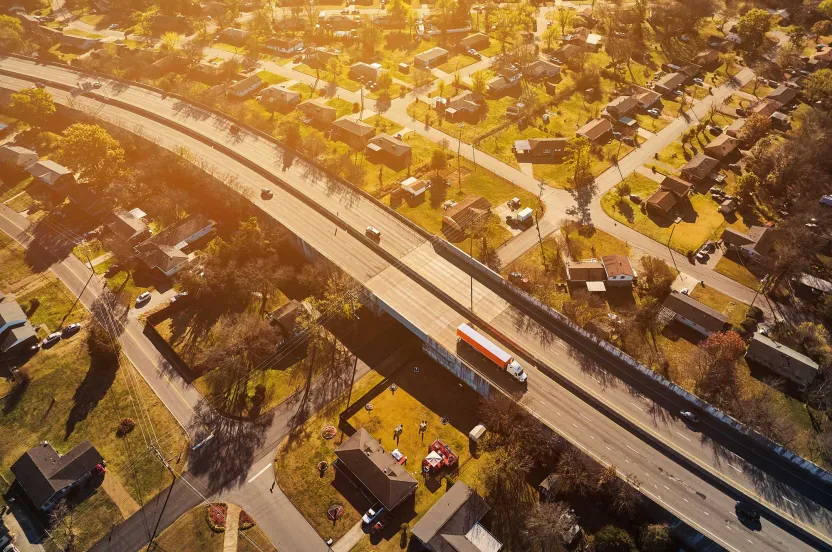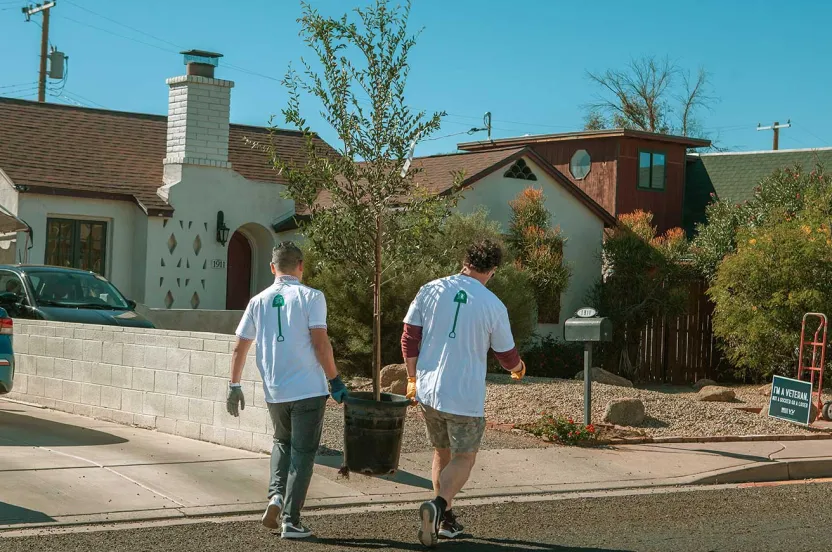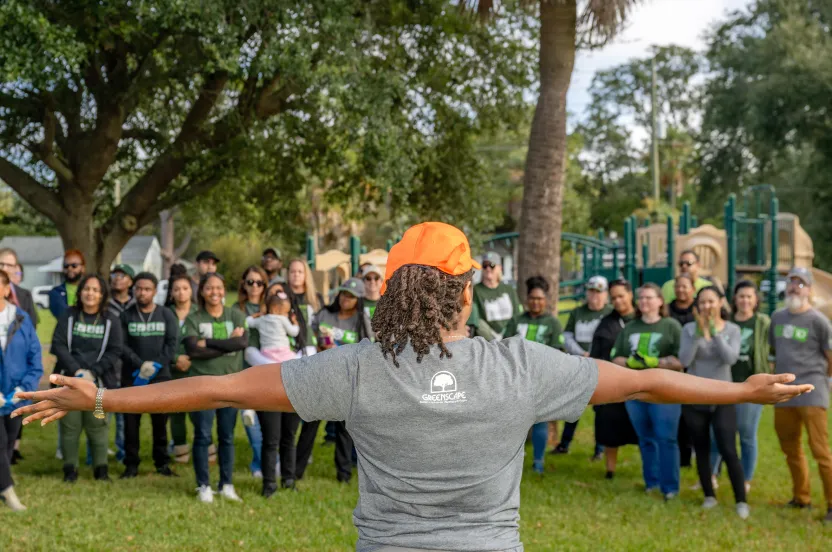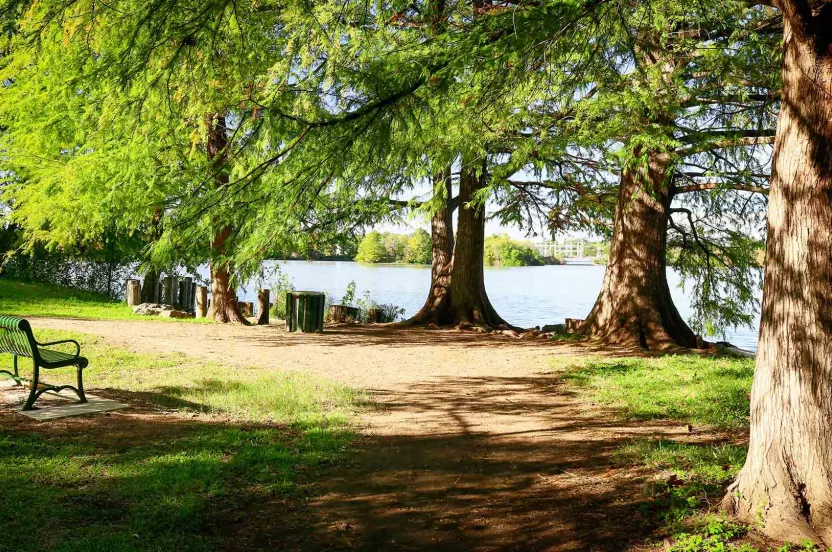Give before midnight on July 31 to double your impact where trees need us most. CHOOSE A PROJECT
Mapping the Heat: How Science and Strategy Guide Tree Planting
Discover how data-driven tree planting helps cool down the hottest communities.
June 30, 2025
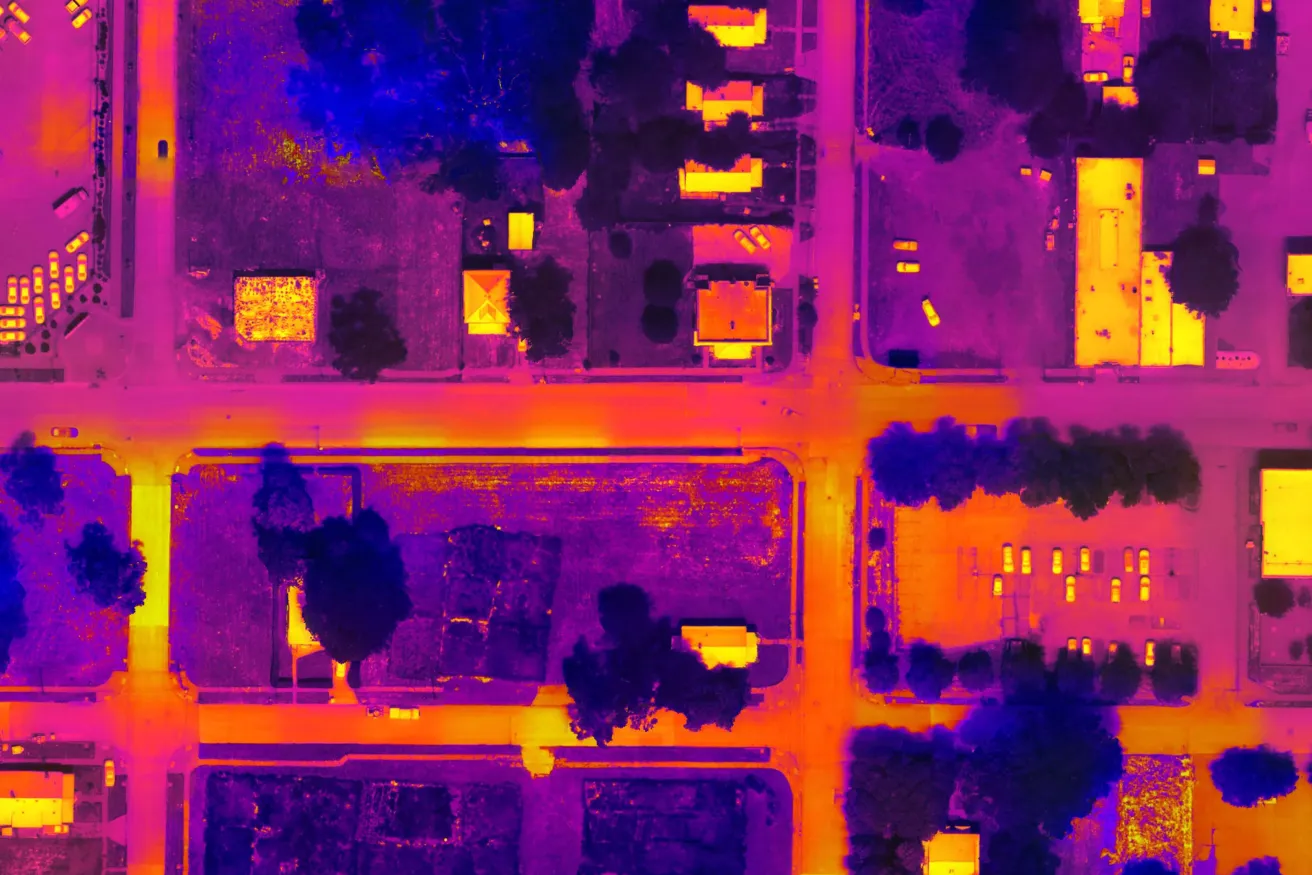
Extreme heat is rising — but so is our ability to fight it with precision and purpose.
When planted in the right place, a tree holds transformative power. It cools overheated pavement, filters polluted air, and supports better health outcomes by providing mental and emotional relief to the people living nearby.
Today, that power is needed more than ever. Communities are facing rising temperatures and mounting environmental stress — from L.A. to New York City and everywhere in between — where development has has paved over nature and left entire blocks without the shade of a single tree.
The Arbor Day Foundation is on a mission to establish healthy urban canopies through a strategic, data-informed approach that blends science, local expertise, and a focus on long-term impact.
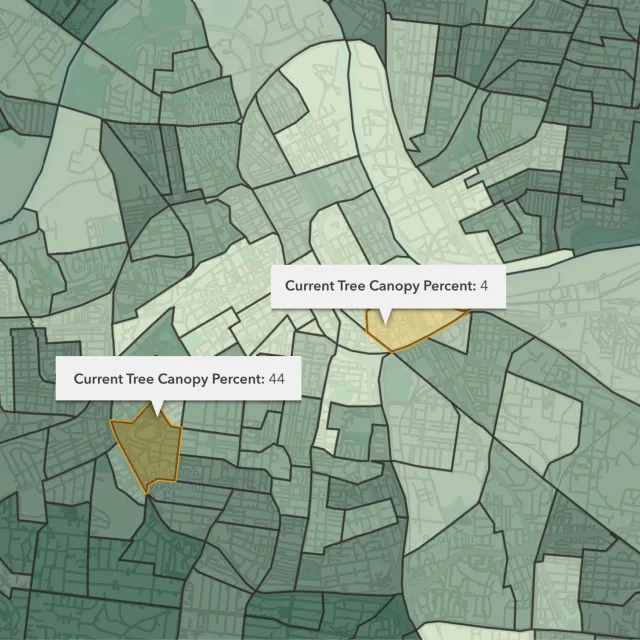
Zeroing in on the Tree Deserts
To identify the most heat-vulnerable areas, the Arbor Day Foundation leverages exclusive data sets from NatureQuant, a technology and research company that’s redefining how we measure access to nature.
NatureQuant’s tools combine public data, satellite imagery, and image-recognition software to quantify how much access a neighborhood has to nature. What once took years to analyze can now be visualized block by block, making it easier than ever to pinpoint where trees (and shade) are needed most.
It's Staggering — and You Can See It for Yourself
Tools like our Canopy Map allow anyone to explore where tree coverage is lacking, how extreme heat is impacting their own neighborhood, and where trees could make the biggest difference.
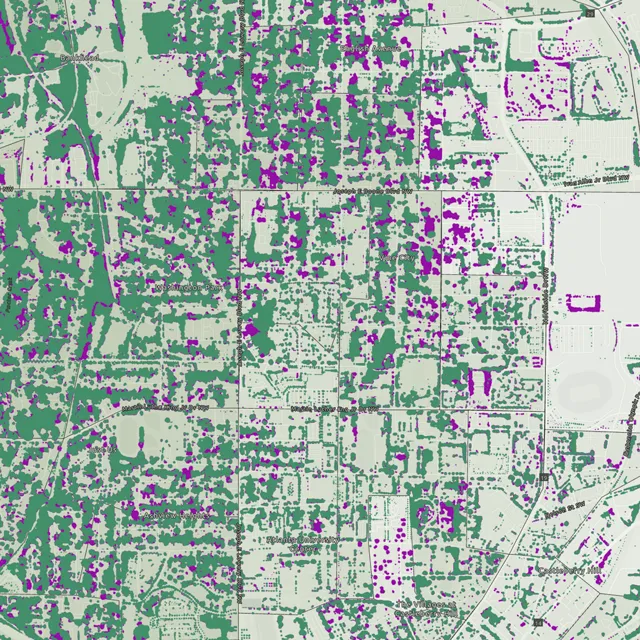
TreeCanopy.US is the first-ever nationwide software platform designed to assess and monitor community tree canopy across the United States, including territories and freely associated states. Created by the Arbor Day Foundation, in partnership with the USDA Forest Service and PlanIT Geo, this browser-based tool gives communities and organizations clear, easy-to-understand data in a visual format to guide tree planting and urban forestry projects.
TreeCanopy.US offers interactive maps that show not only how much tree cover exists today, but how it’s changed over time — helping policymakers, nonprofit leaders, and everyday residents make informed decisions about where trees are needed most.
Because when you can see the gaps, you can start to close them — one tree, one neighborhood, one canopy at a time.
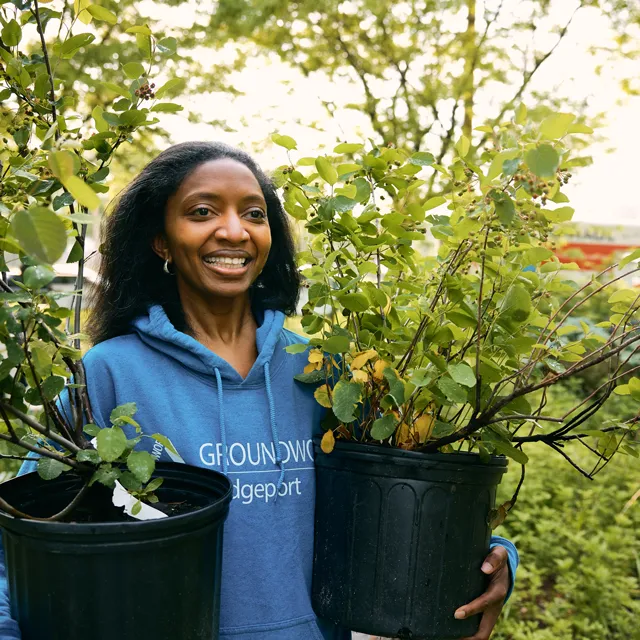
Technology + Trusted Local Partners = Maximum Impact
Once data and mapping help identify the need, it’s the Arbor Day Foundation’s dynamic network of local planting partners who help bring this work to life. From Spring 2024 to Spring 2025 alone, the Foundation engaged more than 270 organizations nationwide.
With deep roots in their respective communities, these trusted organizations bring essential on-the-ground knowledge to ensure every tree planted will thrive — because it was chosen for that specific place, at that specific time, for a specific reason.
Rooted in strategy to get trees where they can have a sustained impact, the Arbor Day Foundation and its partners are setting a new standard for community tree planting to address extreme heat — which is now the deadliest weather hazard in the U.S. Fortunately, trees are one of the most cost-effective, scalable solutions available to cool cities, shade streets, and help people live healthier, more resilient lives.
